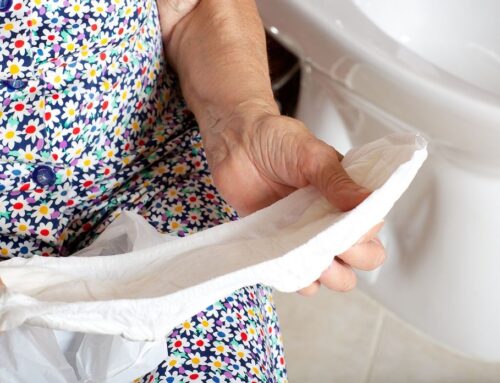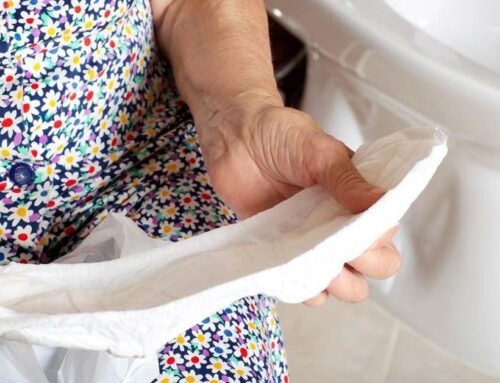Although medications for overactive bladder are often the first step tried to combat urges, many women stop taking them. If you have, you’re not alone.
Many women stop taking their overactive bladder (OAB) medications a year after they are initially prescribed. You may have found that the medication wasn’t effective or that the side effects, like constipation, dry eyes, and dry mouth, were too uncomfortable to endure.
You probably put a lot of thought into stopping your medication. Now, you’re back at the start of your journey. You’re worried about urges and leaks. You find yourself rearranging your day to ensure you are always close to a bathroom. You realize that you don’t want to live like this, and you’re looking for a new choice.
Talk to your urologist for information on controlling OAB without medication. They may suggest one of these long-term options:
Botox (Onabotulinum toxinA)
Much like its use on facial muscles, Botox is also used to relax bladder muscles. It’s injected into bladder muscles to prevent intense urges and urge incontinence. When the urges aren’t persistent and constant, you have time to get to the bathroom when you need to. Botox injections are needed two or three times a year to reduce OAB symptoms.
Read more about Botox for OAB…
Side effects of Botox include difficulty urinating and an increased chance of urinary tract infections.
Sacral neuromodulation
The sacral nerve handles bladder function. When your bladder is full, the sacral nerve sends signals to your brain. People with OAB have sacral nerves that send many incorrect, unwanted signals that the bladder is full. Sacral neuromodulation is a surgical procedure during which a bladder pacemaker is implanted under the skin. The bladder pacemaker sends electrical signals to the sacral nerve to stop it from sending those incorrect signals to your brain.
Before surgery, patients enter a two-week trial period to see if symptoms improve. During this period, temporary electrodes are used. A permanent bladder pacemaker can be implanted if the trial is successful.
Side effects of sacral neuromodulation are rare. As with any surgery, there is a risk of pain and infection at the surgical site.
Urology San Antonio offers sacral neuromodulation devices from Axonics and InterStim.
Percutaneous tibial nerve stimulation (PTNS)
PTNS is a type of electroacupuncture used on a nerve root near the ankle. During the procedure, a very thin needle is used to deliver electrical signals to the sacral nerve. PTNS treatments are done in your urologist’s office weekly for twelve weeks. Symptoms of OAB are reduced for up to four months. Most women who try PTNS experience a significant improvement in their OAB symptoms.
Side effects of PTNS are rare.
Make an appointment with you urologist
If medication isn’t the right option for you, speak to your urologist about what else is out there. You don’t have to live with OAB, and Urology San Antonio makes finding the right treatment for you easy.
More info: Read more about Overactive Bladder at Urology San Antonio





